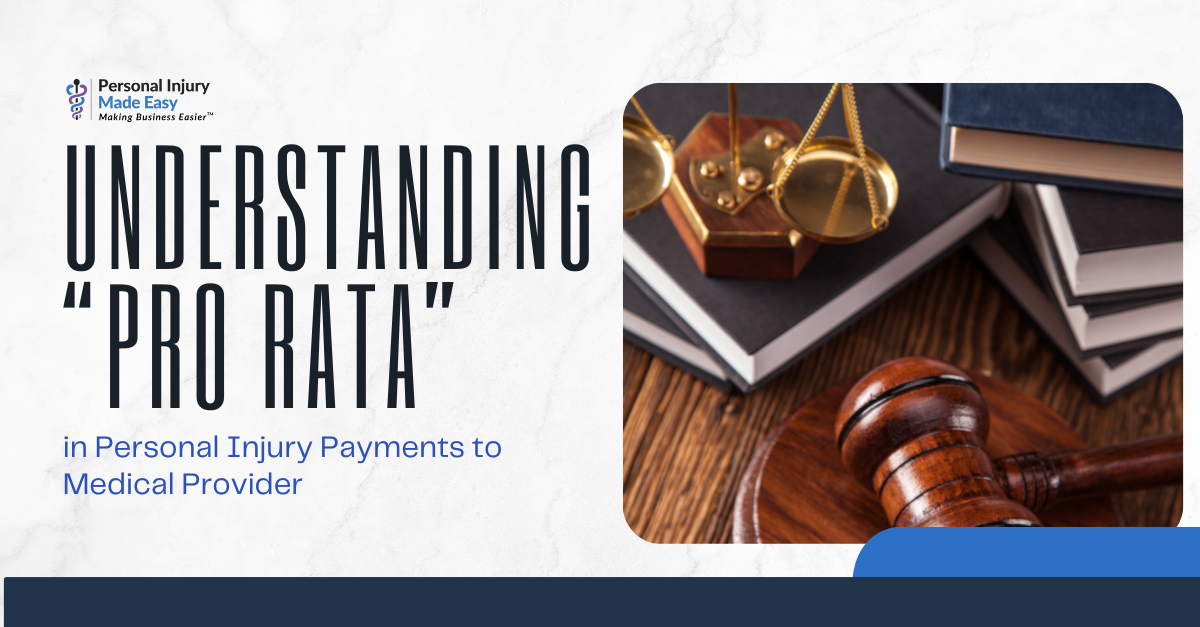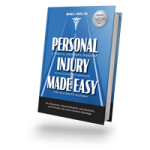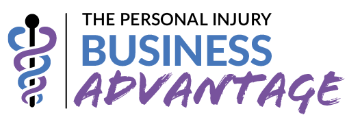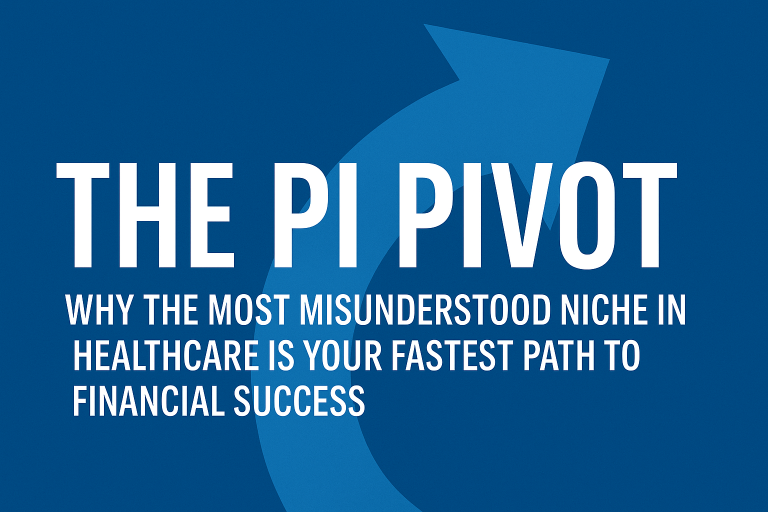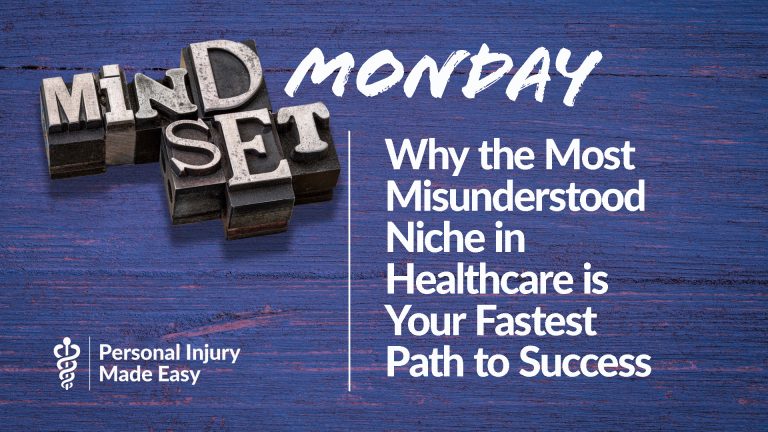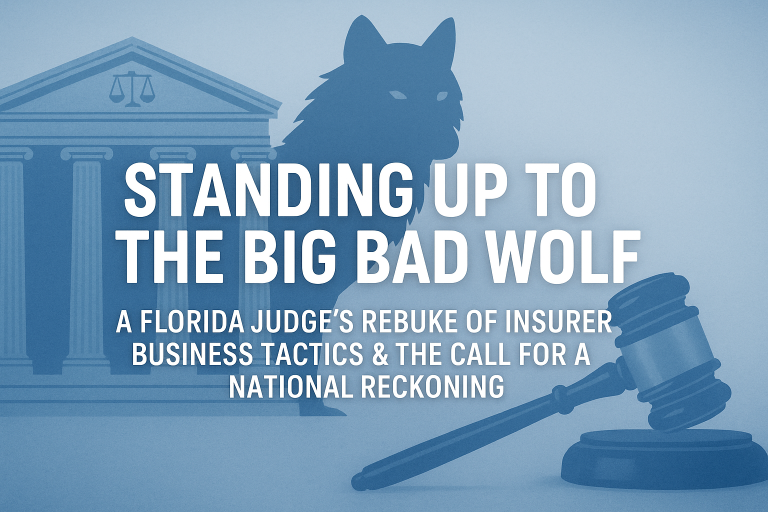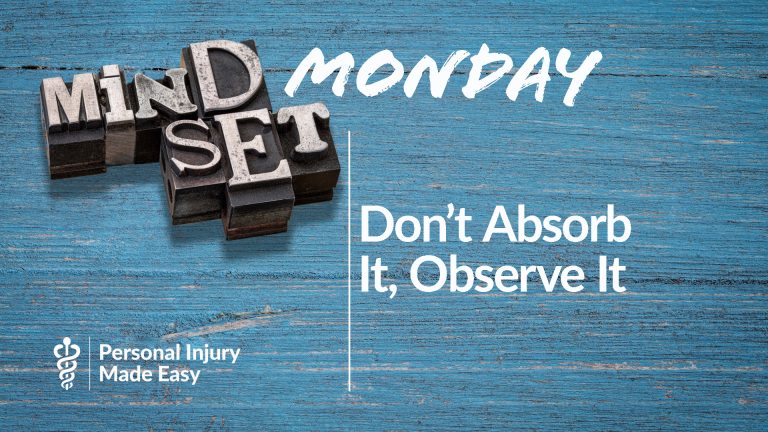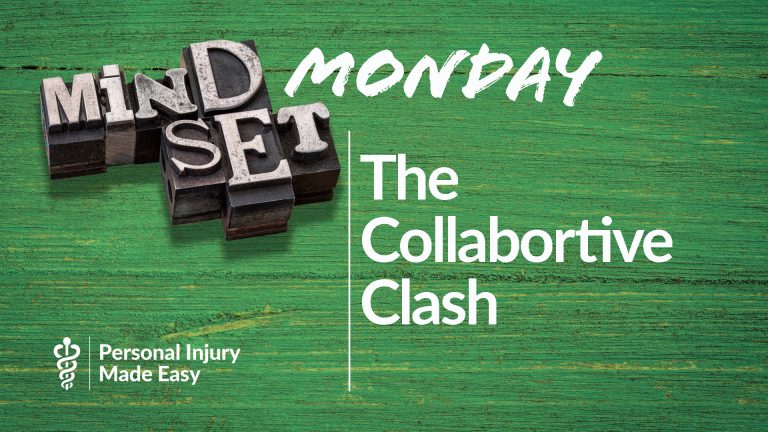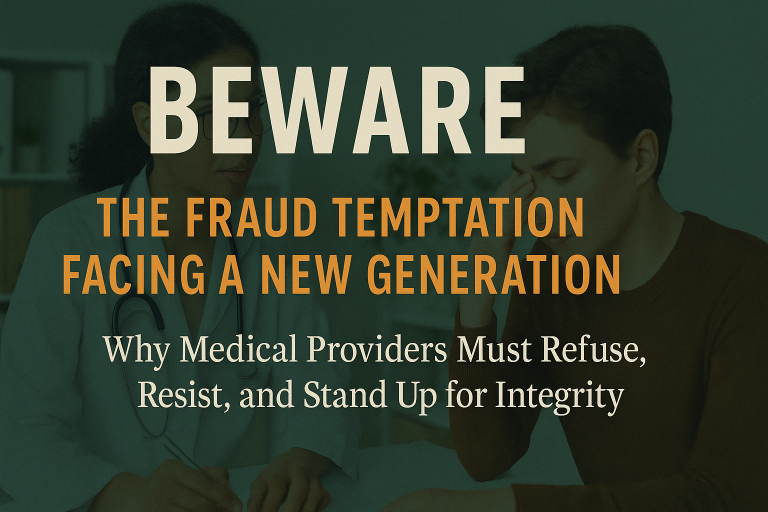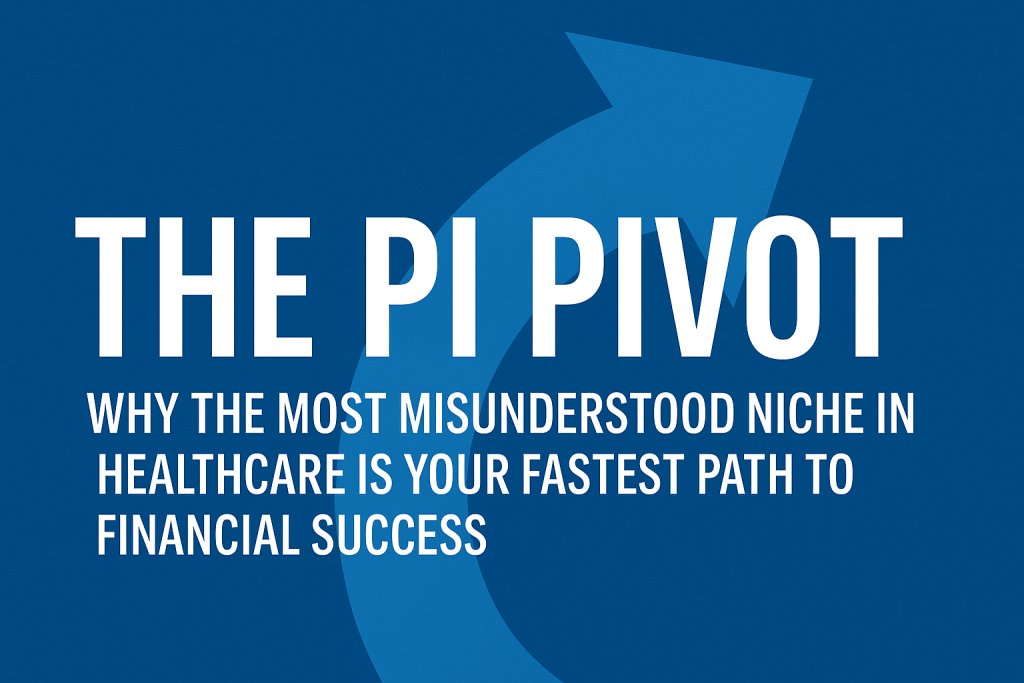
The PI Pivot
Why the Most Misunderstood Niche in Healthcare Is Your Fastest Path to Financial Success
Today I want to talk to you about a transformation. A transformation of your mindset, your business model, and ultimately, your financial future.
But first, let’s ground this in an undeniable truth:
Most medical practices only transform under two conditions.
The first is Crisis—
When shrinking reimbursements finally become unbearable.
When expenses rise faster than collections.
When denials, prior authorizations, and claw backs eat away at your revenue and your sanity.
Crisis forces change because the pain of the status quo becomes intolerable.
The second is Hope—
When a vision of a better, more profitable, more sustainable future becomes so compelling that it justifies the disruption required to reach it.
Right now, today, traditional healthcare is flooding you with crisis. You feel it every month in your AR, your EOBs, and your operating margins.
But at the same time, there is a powerful source of hope running right beside it.
A lifeline.
A path out of the spiral.
And that path…is Personal Injury.
Yes, I’m talking about both crisis—the current reality of healthcare—and hope—the opportunity and stability a personal injury segment can bring to your practice.
Now, let me be clear:
PI is not what most providers think it is.
It is not chaotic.
It is not unpredictable.
It is not “at the mercy of attorneys.”
And it is certainly not “the wild west.”
The truth is this:
PI is the most misunderstood niche in medicine—yet also the most financially rewarding.
Because PI is the only segment where your documentation and clinical approach matter
not merely for compliance.
not merely to satisfy an EMR or insurer
but because of the value it adds to a PI case.
Your notes, your clarity, your clinical judgment—
they directly influence settlement outcomes.
That means your expertise is valued, recognized, and compensated.
Not discounted, denied, or squeezed to the lowest allowable amount.
In PI, you hold leverage.
You have influence over case value.
You have the ability to negotiate.
You have something insurers rarely give you:
the respect your work deserves.
Contrast that with traditional insurance,
where insurers are literally incentivized to pay you as little as possible
and often penalize you for providing the care your patient genuinely needs.
In PI, you are no longer fighting insurers for the lowest pay.
You are participating in a system where higher-quality care and better documentation result in higher financial outcomes, not lower ones.
Think about that for a moment.
What other segment in healthcare rewards you for practicing at a higher level?
If you want to transform your income, you must transform your thinking.
If you want to transform your practice, you must transform your revenue strategy.
If you want to transform your future, you must transform your business model.
And you do that through a well-built, well-managed personal injury segment.
Now, let’s talk about how to actually make that happen.
Because PI is not something you “dabble” in.
It is not something you “try on a few patients.”
And it is not something you leave to chance.
PI is a specialized niche, and like any specialty—cardiology, orthopedics, neurology—it requires the right systems, the right processes, and the right approach.
Success in PI depends on installing three essential systems:
A Documentation System
Not cookie-cutter templates.
Not generic notes copied forward.
But clear, medically sound, narrative-driven documentation that:• Tells the patient’s health story
• Establishes medical necessity
• Connects findings to functional impact
• Supports the legal relevance of your care
• And strengthens negotiation outcomes
This is what elevates case value.
This is what gives you leverage.
This is what makes attorneys respect and rely on your value and your work.
A Lien and LOP Management System
This is where most practices get burned.
Not because PI is bad, but because their internal process is weak or nonexistent.
You need a system that:
• Tracks every patient
• Manages every law firm
• Documents every communication
• And ensures nothing falls through the cracks
When lien management is strong, PI becomes predictable, not chaotic.
A Proven Negotiation Method
Let me say this plainly:
If you don’t have a negotiation strategy when inevitably dealing with law firms to get paid,
you don’t have a PI strategy.
In PI, negotiation isn’t optional. But it also isn’t adversarial. It’s professional, structured, and evidence-based—at least it can be when approached the right way.
When you document well, track well, and negotiate well, your revenue becomes both higher and more consistent.
Of course, you don’t build all this alone.
Just like you learned your medical specialty from experts, you build your PI specialty the same way: with the right guidance, tools, forms, training, and coaching.
The number one mistake practices make is treating PI the same way they treat every other patient segment. And in doing so, they give themselves, their patients, and the attorneys involved…the short stick.
PI requires intention.
PI requires structure.
PI requires a different approach.
PI requires specific knowledge, skill sets and expertise.
But when you put those pieces in place,
PI becomes the most profitable, most controllable, and most financially fulfilling part of your practice.
So here is the bottom line:
PI is not the problem. Misalignment is.
And the providers who stop fearing PI, who stop treating it like an afterthought and instead treat it like the powerful niche it truly is… will outperform the healthcare economy for the next decade.
This is your moment.
Your moment to stabilize your revenue.
Your moment to elevate your practice.
Your moment to take back business control and business success.
Your moment to make The PI Pivot—and reclaim the financial future that healthcare has been slowly taking away.


